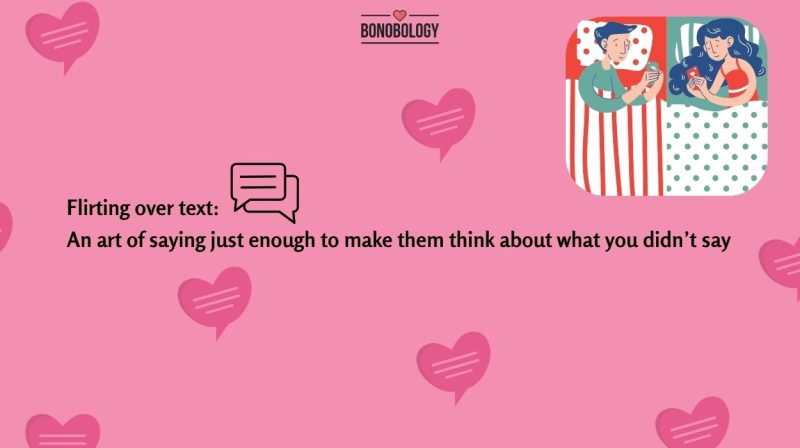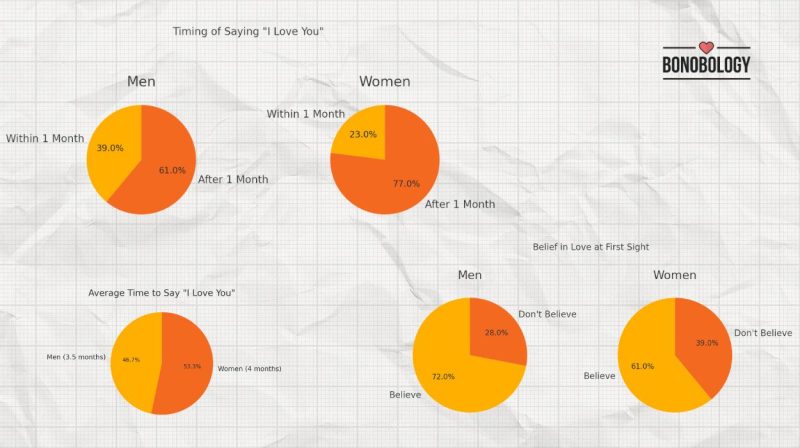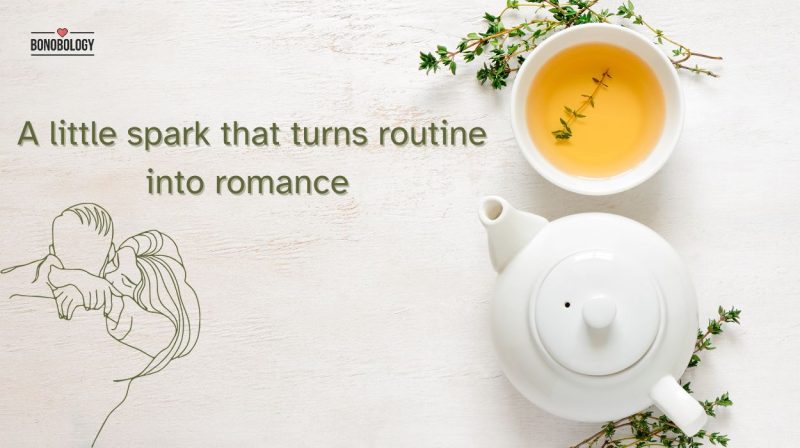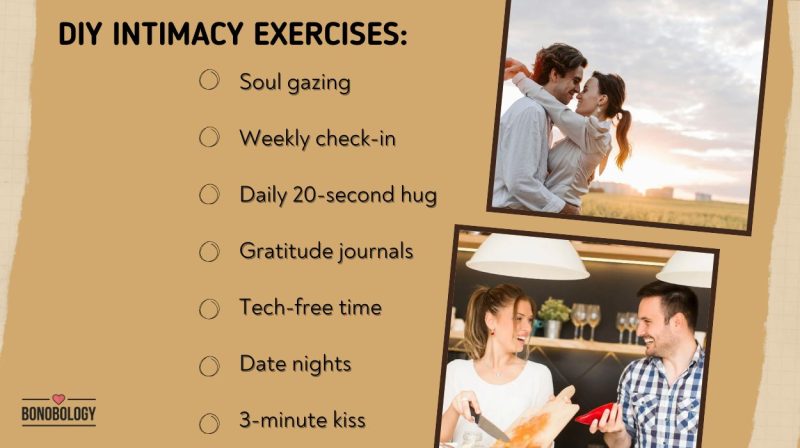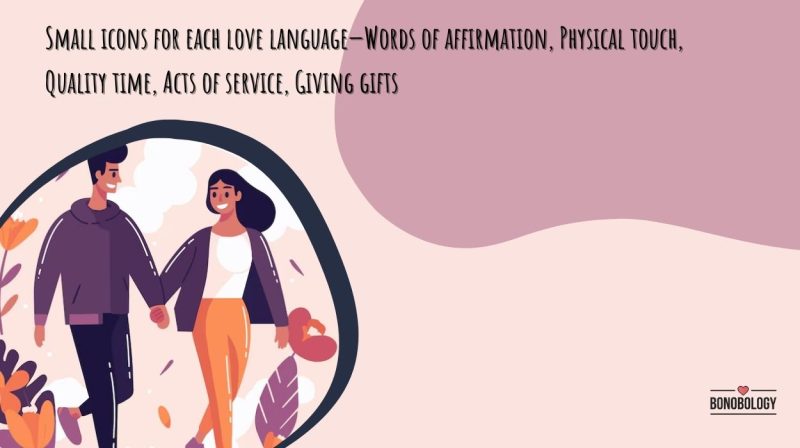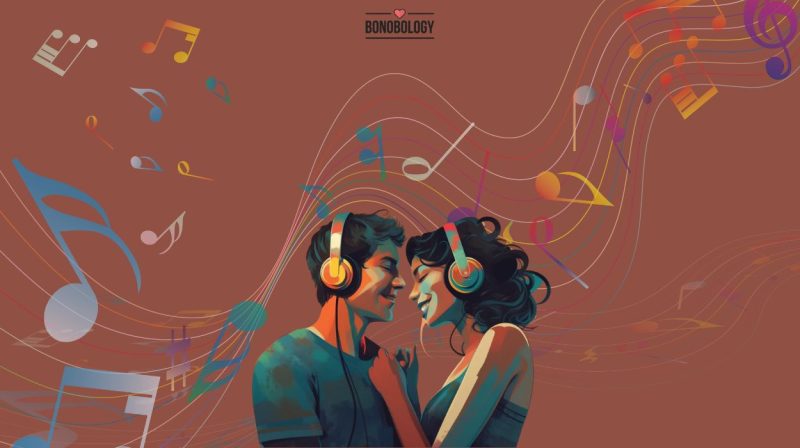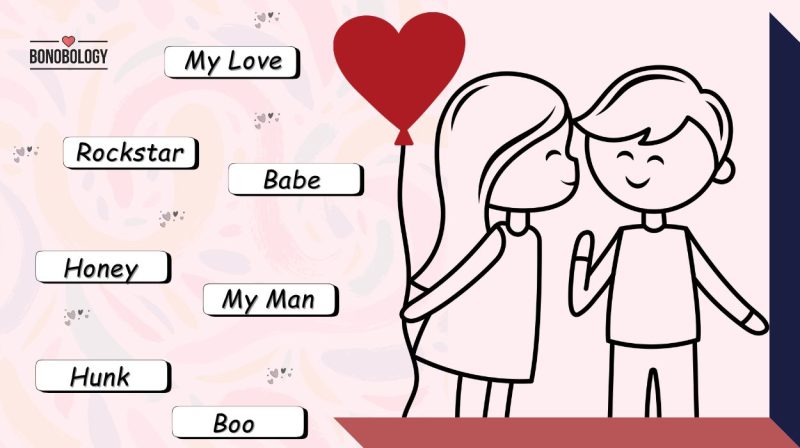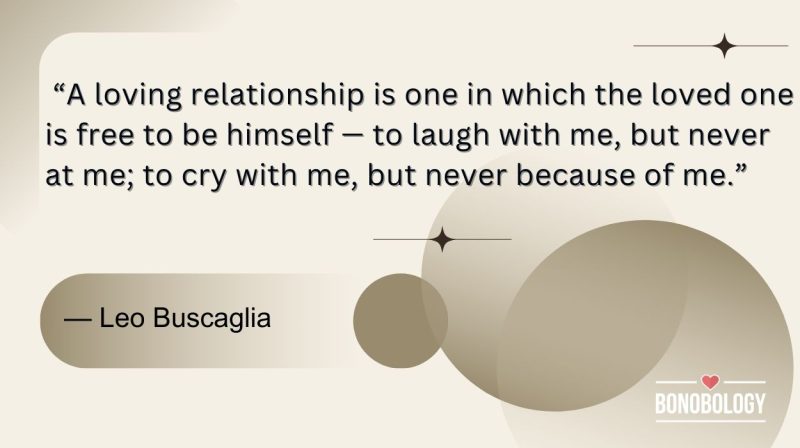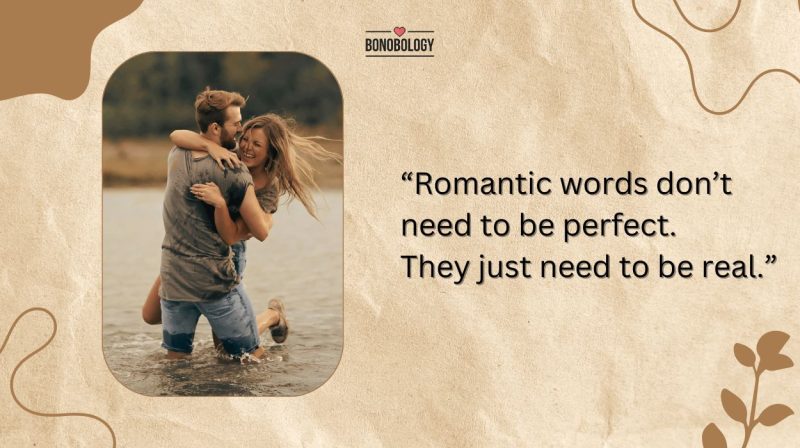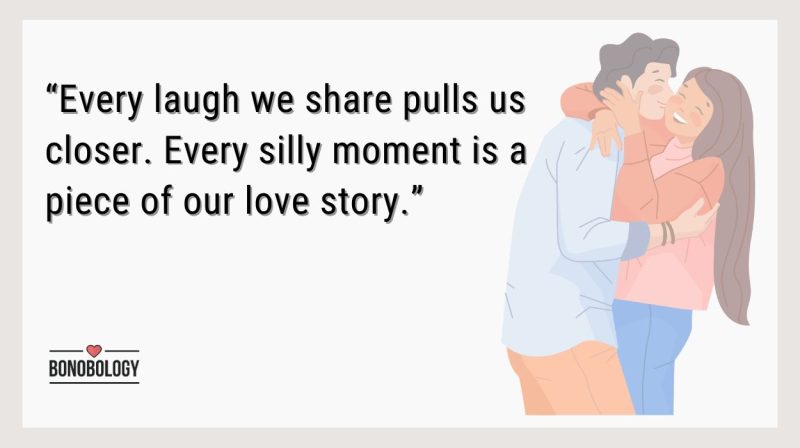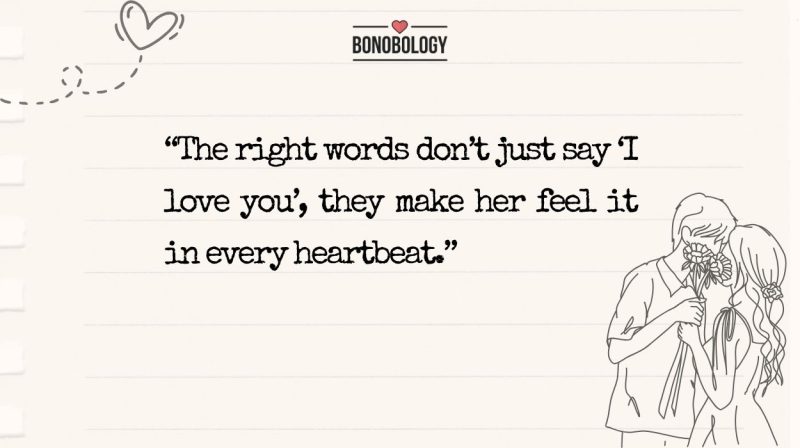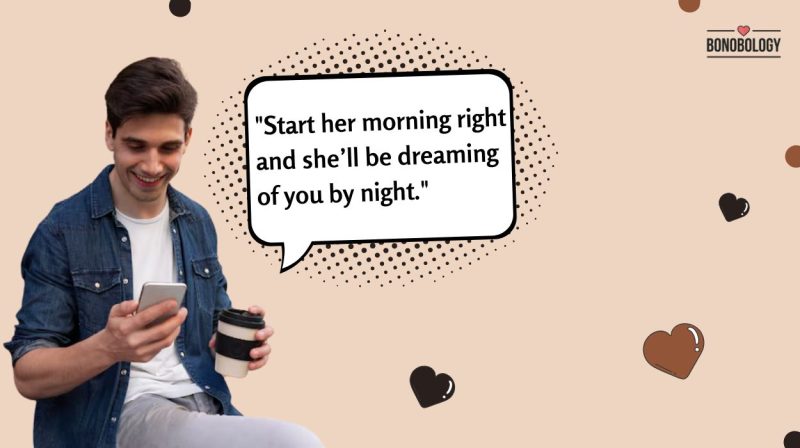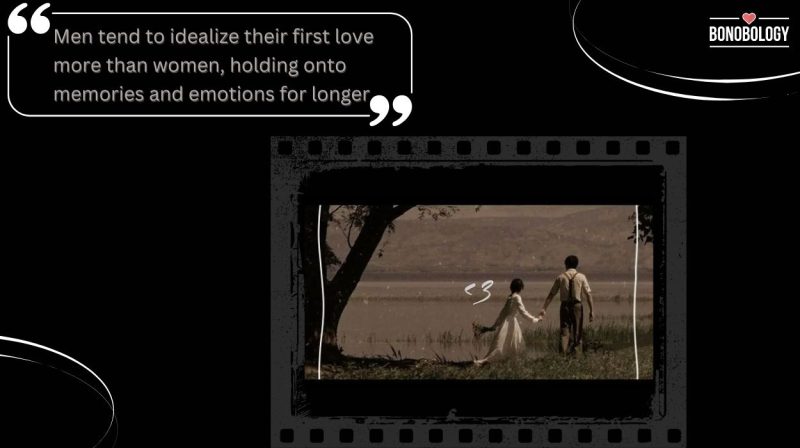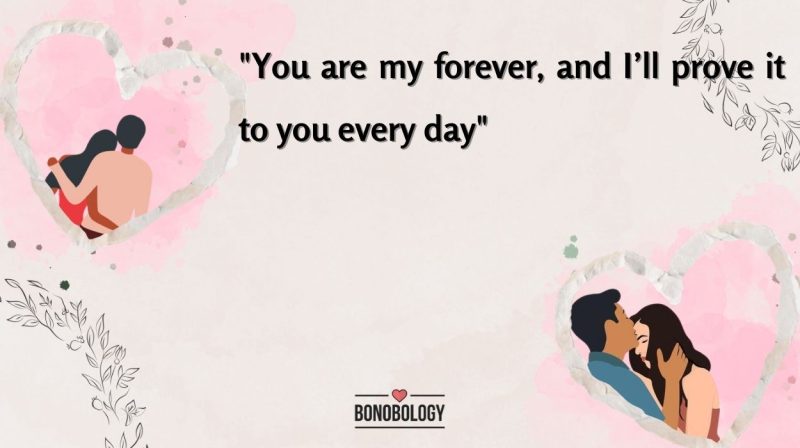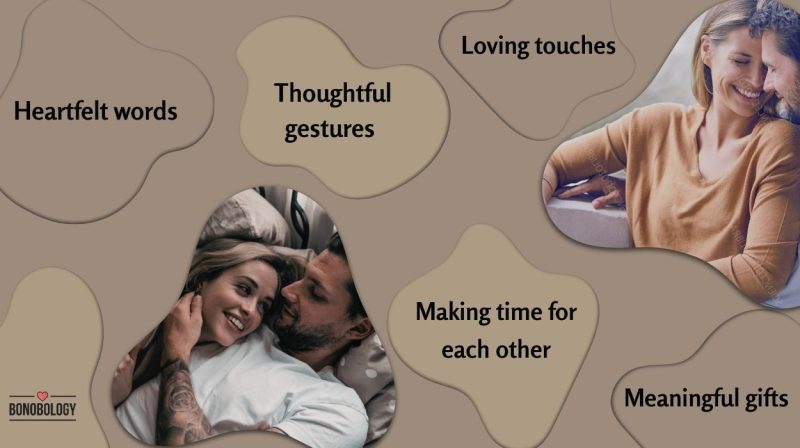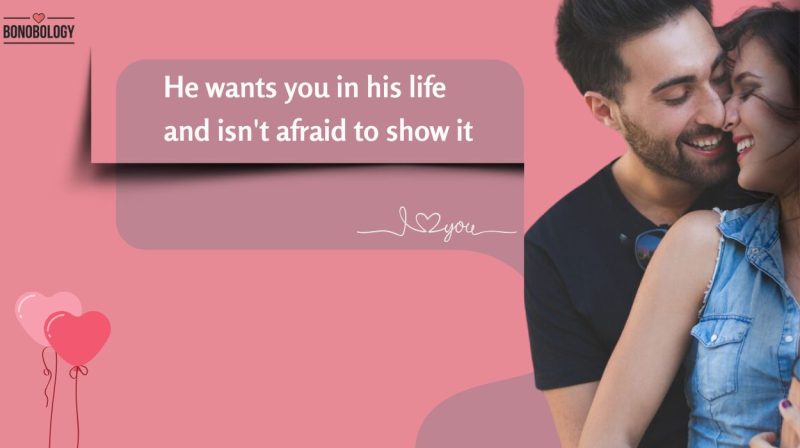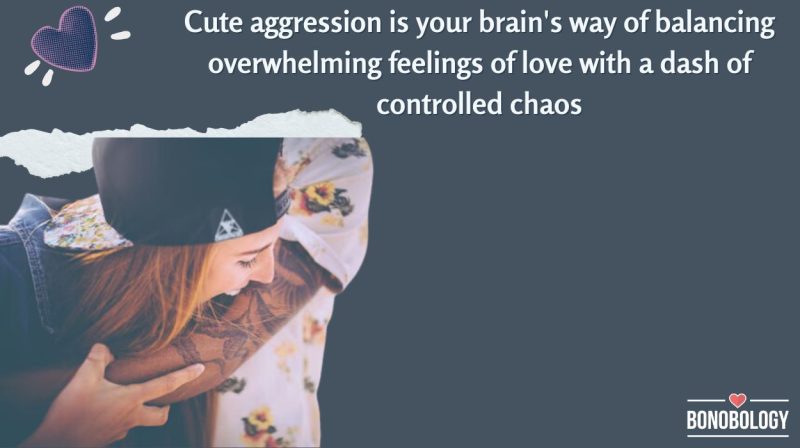Chances are, you’ve spent some time thinking about the sexual spectrum and where yours fits in. Once you landed on an answer through physical cues, you might’ve considered that to be the end of it, satisfied with your findings. But have you ever spared a thought about your romantic orientation?
It’s possible your sexual and romantic orientation may not line up. In a world where self-discovery is paramount and encouraged, it’s surprising to see how little such an important topic is talked about. Has a dating app ever asked you about your romantic orientation?
That’s exactly what we’re here to do today: talk about it. With the help of clinical psychologist Adya Poojari (Masters in Clinical Psychology, PG Diploma in Rehabilitation Psychology), who specializes in adolescent and relationship counseling, let’s decode the romantic orientation spectrum.
What Is Meant By “Romantic Orientation”?
Table of Contents
The best way to define romantic orientation is by comparing it to sexual orientation since that’s a topic we’re all well-versed in. Simply put, the latter determines the gender/identity you have lustful feelings for, while the former determines the gender/identity you can see yourself romantically entwined with.
It’s about who you want to love and be affectionate with. You know, someone you can imagine a romantic future with, someone who gives you butterflies in your stomach (no, not your English professor). In a nutshell, sexual orientation is about who you want to have that one-night stand with, while romantic orientation is about who you want to fall in love with.
Are you thinking something along the lines of, “Isn’t that just the same thing though? Why are these two different?” That’s because, in some cases, these two orientations aren’t the same. And the misconception that sexual and romantic orientation always have to be in sync is what causes the confusion in the first place.
“Romantic orientation is an all-encompassing term to talk about. Though I believe that sexual orientation can be fluid and people can be attracted to what’s socially acceptable at the time, I also believe that romantic orientation remains fairly stable throughout,” says Adya.
“Just like a person’s core personality traits are affected by multiple things like their values, morals and what they find pleasing or not, a person’s romantic orientation depends on a lot of factors as well. Perhaps some people look at the EQ, or IQ, or even what a person believes in,” she adds.
It’s entirely possible that you have erotic feelings towards a certain gender, but do not see yourself falling in love with them. The more you know about yourself, the happier your life is going to be. “Fake it till you make it” doesn’t really work here.
Now that you know how to define romantic orientation, let’s take a look at what the most common type of orientations are called and how they work.
Related Reading: Queerplatonic Relationship- What Is It And 15 Signs You Are In One
What Are The Types Of Romantic Orientation?
Once you arrive at the realization of who you can see yourself loving, your future dynamics will start feeling a lot more fulfilling. Before you start introspecting and taking every romantic orientation test you can find, we need to talk a bit about the types of romantic orientation there are so that you have a better idea of the label that applies to you.
Adya tells us the importance of being as informed as possible about the romantic orientation spectrum, “Because of the stigma attached with the sexuality spectrum, those who are curious might just end up saying things like, ‘I’m straight but I think I’d like to try it once and explore that side of myself,’ but never end up doing so, owing to the lack of acceptance.
“People might convince themselves that they’re fine with the orientation they have ‘chosen’ for themselves. Of course, this doesn’t mean everybody needs to ‘explore’ to figure it out, but people should have access to this information.
“Once they’re more informed, they’ll know how to handle the thoughts and wishes they have and what they mean. They’ll also figure out how to deal with them a lot better.” Keeping that in mind, here’s a non-exhaustive list of the different types of romantic orientation that you should know about:
1. Alloromantic
Refers to someone who experiences romantic feelings and will probably continue to do so in the future. Keep in mind, this term does not specify the gender a person is attracted to. It is merely used to state the fact that you in fact do experience romantic attraction.
2. Aromantic
An aromantic person is someone who experiences minimal or no romantic attraction at all, and probably won’t experience it in the future either. If you’re confused, just think of an asexual person (someone who doesn’t have sexual urges) but just in a romantic sense.
3. Grayromantic

This term refers to a person who does experience romantic attraction, but at an intensity that’s nowhere near as high as the lovestruck Ryan Goslings and Channing Tatums we see in movies. They’re different from those who identify as aromantic since they do in fact experience romantic attraction, while aromantic people have the possibility of experiencing zero romantic attraction.
4. Demiromantic
Someone who doesn’t feel a romantic bond until they get very emotionally attached to a person. They need to know a person emotionally, spiritually, and mentally before they can experience any sort of romantic feelings towards them. Put simply, “love at first sight” doesn’t exist in a demiromantic person’s dictionary, and they thrive on an emotional connection.

5. Homoromantic
Refers to a person who feels a romantic attraction only towards someone of the same gender. For example, a person who identifies as female and homoromantic will only experience romantic attraction toward another female.
6. Heteroromantic
A heteroromantic person is someone who experiences romantic attraction towards people of genders different than their own. Keep in mind that this does not refer to their sexual attraction. A person may be homosexual but only experience feelings of love towards a person of a gender different than their own.
Related Reading: 8 myths about Asexuals (ASE)
7. Biromantic
Someone who experiences romantic attraction to more than one gender. While biromantic people do consider gender to be a characteristic that defines who they’re romantically inclined towards, their attraction isn’t limited to just one gender.
8. Panromantic
Refers to someone who does not consider gender to be a defining factor in who they experience romantic attraction towards. Someone who identifies as panromantic experiences feelings of love towards someone regardless of their gender.
As we’ve talked about before, it’s possible for a person to be asexual but alloromantic. They might be bisexual and homoromantic. The romantic orientation examples are endless and unique to each person. Though you may be aromantic, the intensity with which you feel/don’t feel love can differ when compared to other aromantic people.
When you’re wandering the abyss of relationships without labeling your likes and dislikes, you’re probably going to swing and miss a lot more times than when you know exactly what you like and don’t like.
The romantic orientation spectrum may seem confusing when all this information is thrown your way, but try not to overcomplicate things. Let’s talk about how to know your romantic orientation so you can move one step closer to finding true love in your life.
Related Reading: What You Need To Know About Coming Out Of the Closet
How To Find Your Romantic Orientation
We’re pretty sure there are a bunch of romantic orientation tests out there that you could probably take, but the answer to this question is really going to come from the experiences you’ve had and, quite honestly, from deep within.
Adya tells us that figuring out your orientation might even lead you to analyze a bit more than just yourself. “Things like how we’re brought up, the society we live in, our genes, our parents, the prevalent emotions and beliefs of society at the time, the movies we watch, the music we listen to, our culture, and a lot of other factors can end up playing a role in figuring out your romantic orientation.” Let’s take a look at how you can go about discovering the romantic orientation flag you can identify yourself with:

1. Ask yourself what you want
It seems like a straightforward step towards self-discovery, but it’s really not as easy as it sounds. Your judgment may be clouded by your history and the things you’ve told yourself you like.
But when you’re trying to find your romantic orientation, try to let go of what you think you like and focus on what you actually see yourself wanting. “These are things that a person instinctively knows,” says Adya.
“Someone who’s transgender always feels more inclined towards a certain sense of dressing. The choices they make and the things they like, all act as signs. Usually, from a very young age, they start seeing signs that tell them something’s up.
“It’s possible that we’re overcomplicating the whole thing, owing to an urge to be extremely particular about things. Say you’re attracted to someone, you’re usually fairly certain in the belief that you want to be with them romantically,” she adds.
So it really won’t require taking a romantic orientation test or a random BuzzFeed quiz to give you the answers you’re looking for; the best way to figure it out is by looking inward and maybe asking yourself something like “Do I love this person?”
2. Analyze your dating & relationship history
Yes, sure, we did just ask you to forget about what you think you like. But by assessing the people you’ve previously dated, we’re not asking you to hold on to those assumptions; just assess how you felt when you were with your exes.
“Think of the classic emotions we associate with love, like the butterflies-in-the-stomach feeling, dreaming up a future with this person, wanting to spend your life with them, cuddling or sharing affection with them. Who you feel these towards will help you figure out the answer to ‘how to know your romantic orientation’ and also help you know yourself better,” says Adya.
“Apart from your relationships, consider the friendships and other relationships you have in your life. Do you see yourself capable of holding hands with anyone from your circle, and can you entertain the possibility of being in a romantic relationship with some of them?
“If you just cannot imagine something of the sort, it’s usually a pretty good sign you’re not attracted to them, sexually or romantically. That’s how you can find out the gender you’re attracted to, the qualities you’re attracted to,” she adds.
Was there someone you experienced a strong sense of asexual love towards? Or was there someone you just wanted to fool around with? Is there a pattern emerging, pointing towards your romantic orientation? Figuring it out is all about asking the right questions.
3. Talk about it, and learn more about romantic orientation
The more you’re able to define romantic orientation and have a better understanding of what it is, the more you’ll be able to analyze your own orientation. One of the best things you can do is surround yourself with like-minded individuals. Make use of the internet, brush up on your ex education and have conversations with people who are questioning their romantic orientation spectrum as well.
Related Reading: Accepting Bisexuality: Story Of A Single Bisexual Woman
4. You don’t have to conform to expectations
At the end of the day, the answer to “how to know your romantic orientation” lies well and truly within you. Just because you may be heterosexual or bisexual, doesn’t mean you have to be heteroromantic or biromantic.
“Though the world is changing fast and catching up, there are still many places that consider a person who’s different from the norm as an outsider. Instead of conforming to what’s being inflicted upon you, be steadfast in your discovery and know that all you need is a bit of support and representation to speak out about who you truly are attracted to,” says Adya.
“Be curious, don’t put yourself in a box, go wherever you’re comfortable,” she adds. The more you read up about it, the more you’ll see romantic orientation examples of people having different types of preferences. Once you think you’ve landed on yours, be brave enough to understand that you don’t have to conform to what people expect of you. You do you. And don’t worry about the rest.
Your contribution does not constitute a charitable donation. It will allow Bonobology to continue bringing you new and up-to-date information in our pursuit of helping anyone in the world to learn how to do anything.



